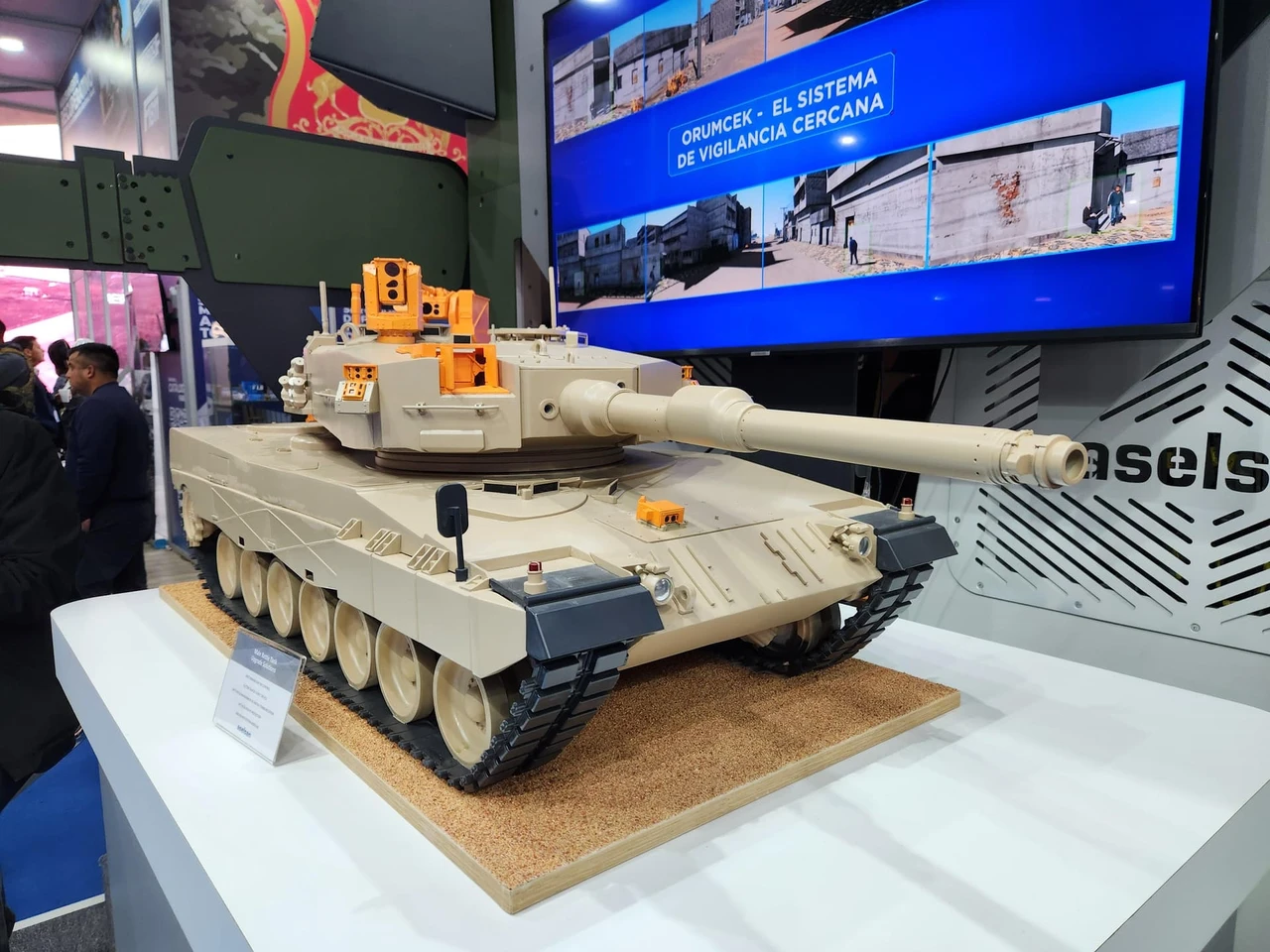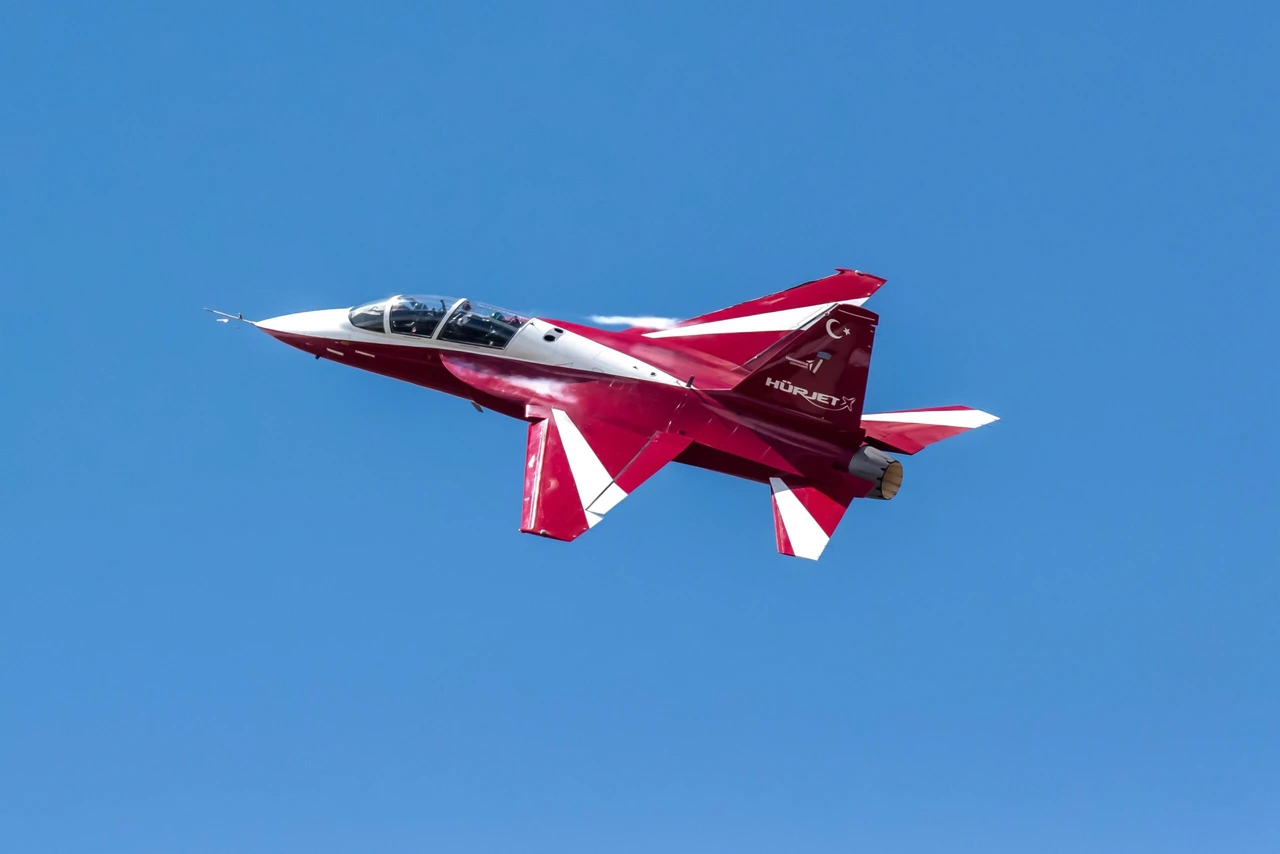UK aims to rectify its current defense deficiencies by the year 2030

Over 22% of the increase in the UK’s defense spending until 2030 will be allocated to address deficiencies in current programs, says Sunak
U.K. Prime Minister Rishi Sunak and Nato Secretary-General Jens Stoltenberg spoke in Poland on April 23 about the U.K.’s “turning point” in European security and the “axis of autocratic states”—Russia, Iran, and China—trying to change the world order.
Sunak announced that at least £10bn would be invested in munitions production over the next decade to replenish stock depleted from donations to Ukraine, putting the U.K.’s industry on a “war footing.” A new Defence Innovation Agency and 5% of the defense budget for research and development would “modernize” the UK military.
Sunak concluded that the U.K. would spend £500m in 2024 on ammunition, air defense, and drones for Ukraine in the “largest-ever single delivery of military equipment to Ukraine’s frontlines” to help Kyiv fight Russia.
Defence spending would rise “immediately” and “rise linearly” by £3bn in the next financial year. The munitions funding would include multi-year contracts for industry and “continued investment” in U.K.-made 155mm artillery ammunition. Artillery is still crucial in modern warfare, as the Ukraine-Russia war shows.
U.K. defense spending rise
In December 2023, the U.K.’s National Audit Office (NAO) reported that forecast costs exceeded the then-budget by £16.9bn, requiring nearly 25% of the new defence spending increase to finance existing military procurement programs.
At the end of 2023, the U.K. N.A.O. published its analysis of the MoD Equipment Plan 2023-2033, which details all major procurement plans for the next decade.
The November 2023 N.A.O. report said the MoD’s 2023-2033 plan was unaffordable “because forecast costs have risen by £65.7bn compared with the previous plan, outstripping a budget increase of £46.3bn.
The U.K. is modernizing its defenses with the Ajax armored fighting vehicle, Challenger 3 main battle tanks (MBT), Mobile Firing Platform artillery, Boxer armored vehicle, F-35B stealth fighters, and new frigates for the Royal Navy.
The U.K. reduced its planned purchase of five E-7 airborne early warning aircraft to three in 2023, following earlier reductions in advanced Type 26 frigates from 13 to eight, with five Type 31 warships making up the difference.
Only 148 of 227 Challenger 2 MBTs will be upgraded to Challenger 3s, and the U.K. will retire 26 of its 30 Tranche 1 Eurofighter Typhoons in 2025 without replacement.
The Defence Innovation Agency’s plans
The U.K. Government created the Defence Innovation Agency (D.I.A.) to manage scaled-up R&D investment and unify the “fragmented defence innovation landscape.”
The U.K. Government said this includes R&D in directed energy weapons, hypersonic missiles, space capabilities, and other emerging technologies. The new D.I.A. may oversee the integration of DragonFire laser weapons into Royal Navy warships by 2027.
This means that MoD departments like the Defence and Security Accelerator (DASA) and the Defence Innovation Unit, which work in defence innovation, appear to have been dissolved or merged into the D.I.A.
The U.K. MoD appointed a Director of Defence Innovation in 2019 “enabling and embedding innovation across defence.”
Clare Cameron, the new Director of Defence Innovation, said, “The job is fundamentally a business change role, changing current cultural behaviors across the MoD and enabling everyone to engage in innovation, be open to great ideas, and follow through on them.”
The U.K. Government announced that Cameron joined Ploughshare, a company wholly owned by the Defence Science and Technology Laboratory, in 2022. Ploughshare has access to a wide range of technologies developed by leading scientists and engineers at the Ministry of Defence and broader government.
Official data states that the U.K. MoD, through DASA, offers Defence Innovation Loans of up to £2m at a “below-market interest rate” of 7.4% per annum to “help convert your mature defence innovation into a strong business proposition for defence procurement” to small and medium enterprises in the defence sector.
Source: Newsroom



